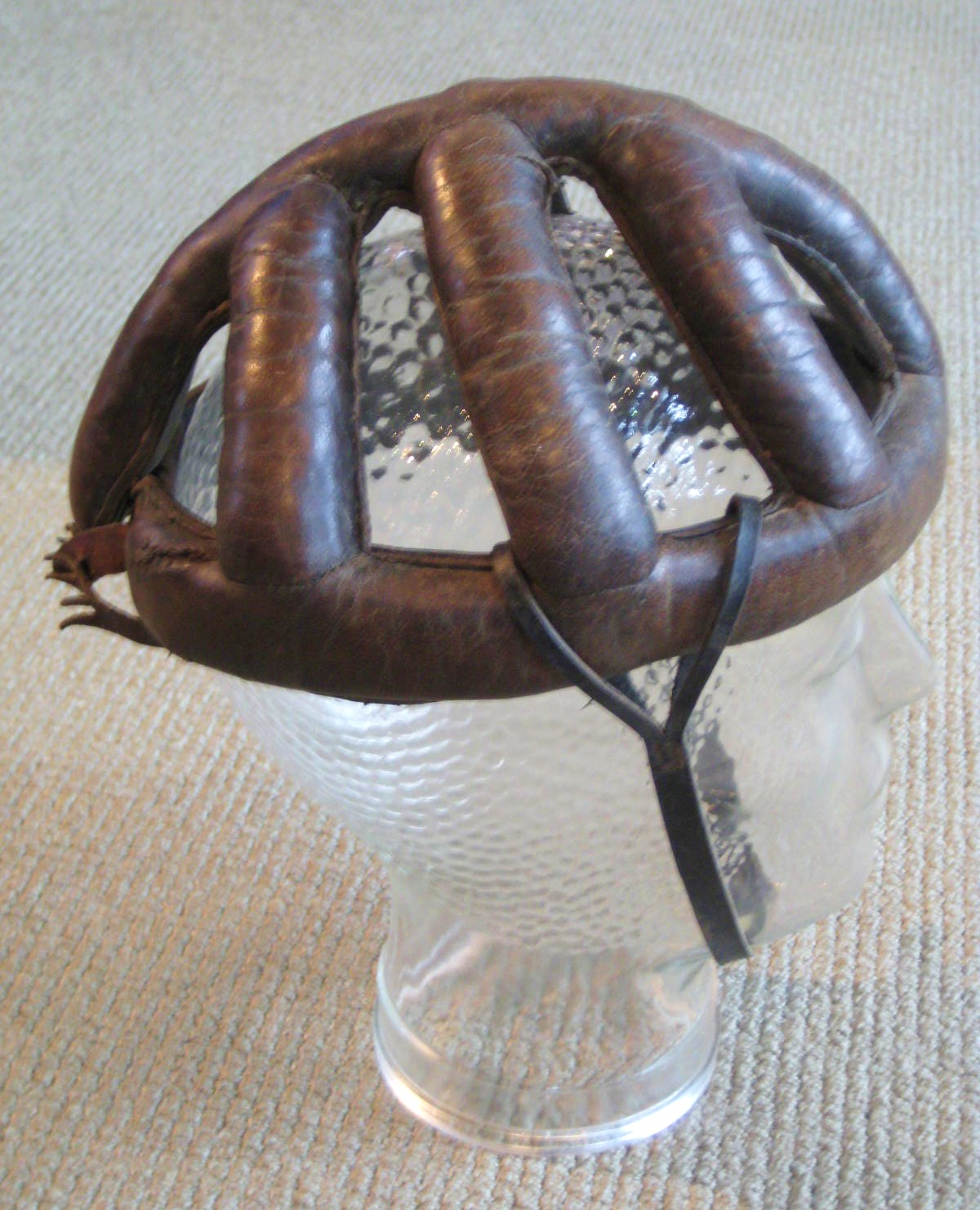Irish, I dont think the ski boot comparison really holds too much value. They are still different materials being engineered for different means. There is an economic value for the ski boot to last longer (marketing, yeah, I know they could go the other way and phase out as well, but they get a bad name that way). The ski boot us subjected to different forces and expected to do different things than helmets. I would bet that they are different processes.
As far as OEM car equipment. The reason car belts do not date out is, getting laws through that you federally have to replace your belt system every so many years isnt likely (aint nobodoy got money for that!). That being said, my Subaru does have a sticker saying that the airbag (and maybe SRS, so belts included) has to be inspected after 10 years at a dealer. (good way to CYA, Subaru, but not a federal requirement).
Federal safety laws are written to cover the greatest risks. For the most part the Fed expects cars to have a finite life. (probably less than 15 years) Especially life in terms of relevance to safety of the overall population of cars on the road. Being that they do have requirements for seat belt withstanding exposure to UV (regs state 100 hours exposure to carbon arc, then must test to at least 90% of strength) they are thinking that that window is covered for the most part. (does remind me to feel leery about the belts in my 95 Miata, though.)
This trickles down to autocross, why not make factory belts age out for motorsports? What % of cars driven by first time autocrossers are over 10 years old? What % would never try it over a few hundred dollars of seat belts? I think it would kill the sports intake of fresh blood. Basically "you mean I have to spend so much money on that before I can do this? eff dat!"
As far as why SNELL and not DOT? DOT is self-certify. Any helmet manufacturer can stick a label on there and sell it. That being said, they can then, after tests be sued and/or forced to recall their products. Snell helmets have to be tested to get the label. My money bets that the reason for Snell requirement has a lot to do with that. For some evidence on the DOT helmet thing, http://www.motorcyclecruiser.com/seven-motorcycle-helmets-failed-2005-dot-tests-two-recalled-0 (I know, its older, but still a good example. TL;DR, 1 in 4 DOT helmets tested failed the DOT requirements!)
Another counter-point to you Irish, you have to write the rules to cover the worst case scenario. You think the cheapest (even snell rated) helmet still doesnt degrade? They have to cover that.
I will grant you, there is a bit of a disconnect. I kind of feel some stage is set for an argument of why have helmets in Stock/Street class autocross cars at all. I will still put on a helmet though.
Opps, wrote a book 











































